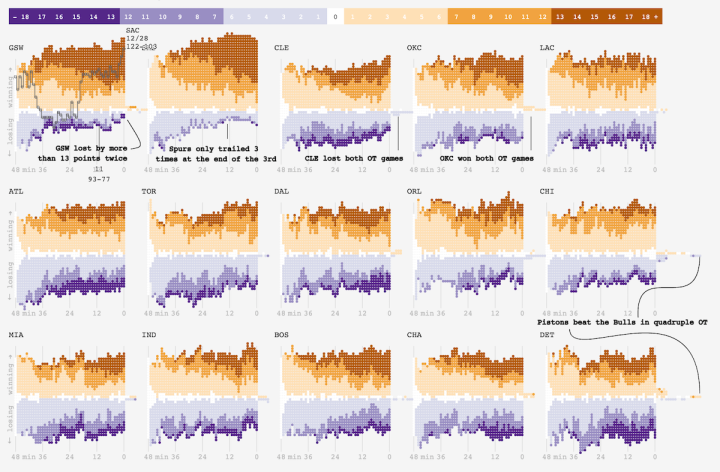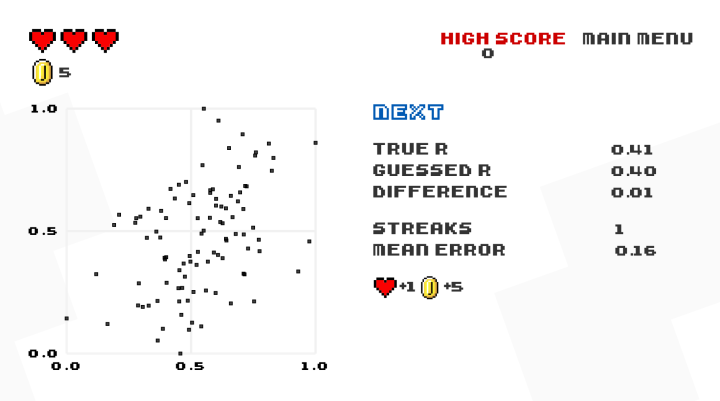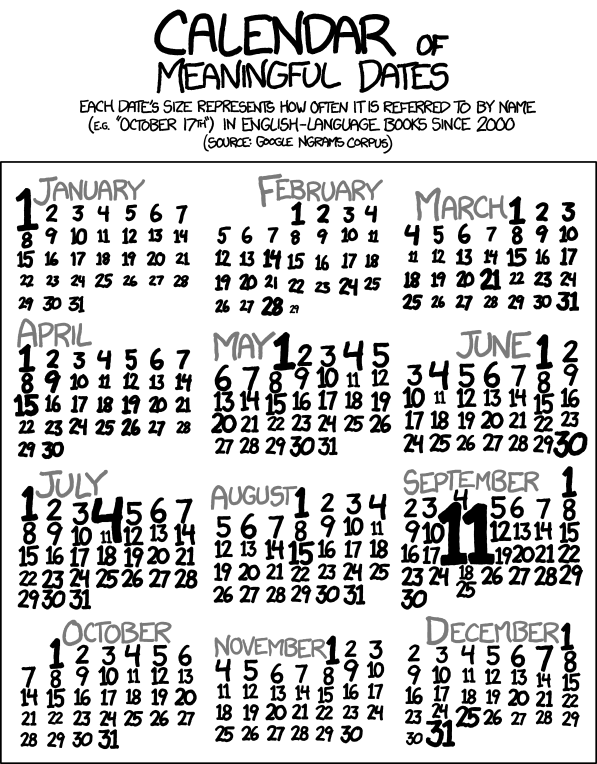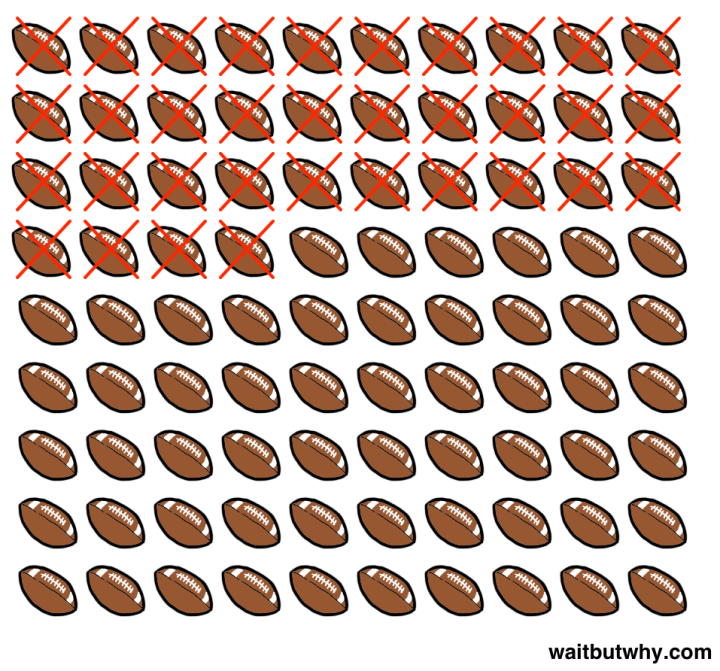As we use up current energy resources, it grows more important to look to alternative energy sources. Wind is one potential area, but the problem is that one has to know where it’s windy enough — now and in the future — to justify the cost of building the structures to harness the energy. It’s freakin’ wind, and variability is all over the place.
Project Ukko is an effort to make wind research predictions accessible to those who need such information. The visualization component by Moritz Stefaner, in collaboration with Future Everything and BSC, shows a number of wind factors around the world.
Read More











 Visualize This: The FlowingData Guide to Design, Visualization, and Statistics (2nd Edition)
Visualize This: The FlowingData Guide to Design, Visualization, and Statistics (2nd Edition)










